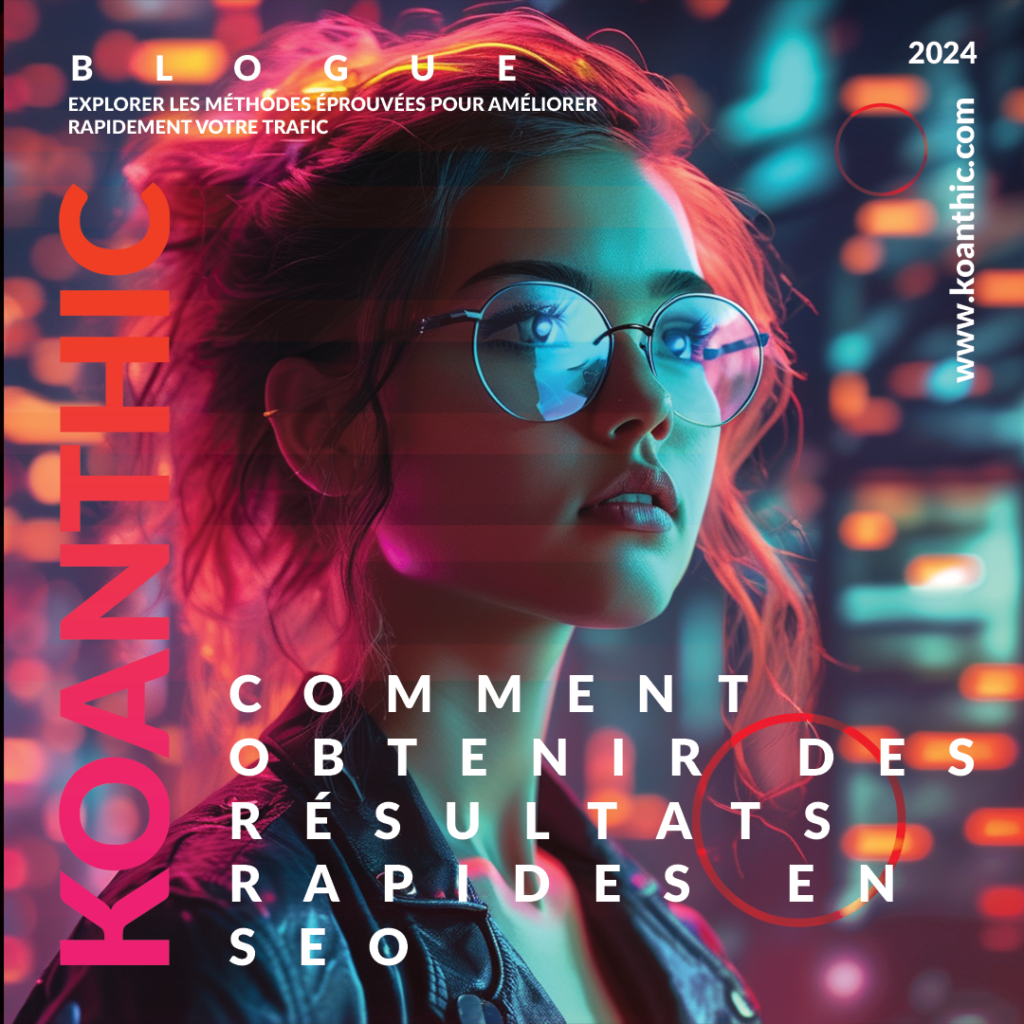7 Tactics Neurological Writing
The essence of the power of the written word in marketing “A mental process for the purpose of selling.”
I’ll cut it short: “mental selling”, which involves getting inside the heads of users to turn them into prospects and encourage them to take action.
As content marketers, your tool for achieving this is engaging, persuasive language. Through words, you use your art to influence the minds of your audience and help you get results.
What is neuro copywriting? | Neurological Writing
Neuro copywriting is the process of crafting marketing copy that appeals to human psychology, influencing engagement and motivation to learn more and buy.
These are the mental tricks included in your content to compel the audience to take action.
The addition of lower-case elements, odd numbers, special words, formatting tricks, hooks users and encourages them to stay with you.
Neuro copywriting has nothing to do with manipulation.
Although it can be linked to natural language processing communication techniques such as anchoring and mirroring, it’s more about the application of concrete, applicable writing techniques.
Let’s look at seven ways to do it
1. Use 2 digits in titles | Neurological Writing
The brain is wired for numbers, which explains why people love listicles so much. Numbers can make content easier to digest, tricking the brain into thinking it’s more efficient to consume. Your audience’s brain sees lists as cheat sheets to be skimmed to get the information they need.
Numbers also bring order to chaos.
They help content consumers see and achieve the end goal, and be rewarded with a dopamine release.
Using numbers in headlines brings order to chaos, according to @WritingBreeze via @CMIContent.
To double the effect, use two numbers in a headline.
The first number invites the audience to read, while the second answers the question “what does this mean to me”.
This example: 11 Conversion Copywriting Tips That Grew Our Revenue by 240%, According to Lately’s CEO, uses two figures.
The first number – 11 – attracts the public’s interest in learning these tricks.
The second number, 240%, tells the public how much these tricks have earned the company.
TIP: Understand the psychology behind odd and even numbers. Even-numbered lists are friendlier and suggest that something hasn’t been mentioned, encouraging the brain to discover that “something”. Odd numbers are more thought-provoking: “11 tips? Why did they choose such an odd number? That 11th tip must be interesting”.
2. Add beneficial adjectives | Neurological Writing
Beneficial adjectives in titles and subtitles explain why your content deserves their attention.
Copywriters use a lot of beneficial adjectives, new, free, unique, fast, exclusive, profitable and so on.
But here’s the bottom line: readers see these words so many times in content that they think, “Yes, of course. Everyone’s saying it.
So here’s a neuro-copywriting tactic to replace that ubiquitous objection: Combine two rarely-matched beneficial adjectives in headlines.
Combine two rarely-matched beneficial adjectives in titles, says @WritingBreeze via @CMIContent.
Make sure both adjectives relate to a noun and appeal to the reader’s emotions, for example:
- A no-nonsense, practical guide to earning passive income online.
- The best free business plan template for individual sales representatives
- 35 ingenious and inexpensive ways to have the best classroom possible

3. Ask a question | Neurological Writing
Since people generally scan online content to see if it’s worthwhile, pay particular attention to your subtitles.
Use them to ask a question.
That’s what I do on my services page; Need a writer for your blog or marketing content? The following subheading gives the answer – How I can help.
The questions appeal to social instinct, the brain’s built-in mechanism for assuming what others know, want and feel:
Questions clarify what the audience will learn from reading.
They may arouse the curiosity of the audience to see if the answer is something they don’t know.
They may appeal to a kind of fear of missing out (FOMO).
They keep reading to make sure they haven’t missed anything.
TIP: Don’t limit questions to headlines. Add relevant questions at appropriate points in your content to grab the reader’s attention and interest.
4. Form titles like quotations | Neurological Writing
The second neuro copywriting tip for headlines and subheads is to make them a quote. Take a sentence from your text and format it as a quote, or take quotes from industry experts if they fit the context.
Why does this trick work?
Quotation marks signal expertise, authority and trustworthiness (EAT) – attributes that both the public and Google value.
This neurological copywriting tactic works with case study headlines, press releases and blog posts:
5. Use the Socratic method | Neurological Writing
The Socratic method is an argumentative dialogue between people who ask questions to stimulate critical thinking.
As you might guess from its name, this conversational technique belongs to the ancient Greek philosopher Socrates. He used it to encourage students to communicate. In content writing, you can use this method in your introductions to hook readers, as Barbara Sturm did in this Smart Blogger article: “Wondering how to become a copywriter? Need some advice on mapping out your new career path?”
Ideally, you should ask three questions, because the brain grasps three best – numbers, colors, fonts, statements and so on.
It becomes more difficult to concentrate and remember beyond three.
I bet you’ve heard of the rule of three when it comes to writing.
As Brian Clark explains: “If you want something to stick in someone’s head, put it in a sequence of three”.
In addition to asking three questions, try a modern version of the Socratic method: Give readers three statements they’ll agree with.
Agreeing to your words gives them subconscious proof that you understand their problem and can provide a solution.
Brian Dean uses the statement technique in this introduction: “So, if you’re looking for: More traffic. More leads. More sales. Then you’ll love the practical techniques in this guide.”
6. Write with powerful, sensory words | Neurological Writing
As Smart Blogger shares, “Power words are persuasive, descriptive words that trigger a positive or negative emotional response. They can make us feel scared, encouraged, excited, angry, eager, confident or curious.”
Power words push your audience in the direction you want them to go.
Active verbs and descriptive adjectives indicate, explain and add action to your content.
This example, taken from the Content Marketing Institute’s Consulting Services page, uses a number of powerful phrases: “let’s set up”, “let’s understand” and “let’s put together. It also begins each bullet point with active verbs; educate, consult, assist, audit, provide and drive.
The sensory details of your content are also important. Sensory language appeals to the five physical senses, helping readers to see, hear, smell, taste or touch your message. Use them throughout your content.
Here are a few ways to incorporate sensory details into titles:
- 5 tips for transforming boring information into an enticing tutorial.
- How can you avoid using stock photos in your content?
- 12 expertly reviewed sample business plans to help you write your own
Why are sensory words so effective?
Why do they captivate customers so much?
The human brain processes sensory words differently from ordinary words.
They activate the somatosensory cortex, which recognizes these words more quickly.
Simply put, the brain treats non-sensory words like text.
With sensory language, it processes scenes.
When you paint scenes in a reader’s imagination, they feel your words as if they were in your story.
This type of content is a surefire way to stand out in the sea of gray voices and identical sounds and influence the desire to take action.
7. Taking negative language into account | Neurological Writing
In addition to FOMO, which seems to be mentioned in every other guide, fear of failure, loss, looking stupid, etc., often comes into play in the minds of your audience.
Fear is a primitive human motivation.
It motivates your audience to act.
That’s why it can be your ally in persuasive content.
Use negative language in headlines and content introductions.
In this CMI article, the phrases “ban” and “right now” in the title – Ban these words and phrases from your communications right now (an A to Y guide) – could instill fear in the reader.
When people read negative words, such as damaging, silly, crash, stuck, sneaky, fail, miss, forbid and never, they get confused, feel uncomfortable and start to worry, even unconsciously.
Here are three negative headlines based on three types of fear, as shown in brackets:
- That’s why your blog will never succeed (fear of failure).
- How to network at conferences if you’re not outgoing (fear of rejection)
- Are these 11 mistakes hurting your content?
(fear of inadequacy) - Use your brain to reach theirs
Neuro-writing applies language patterns to create persuasive, brain-friendly content. Write with human psychology in mind and you’ll engage your audiences, earn their trust and motivate them to choose your content and brand. It’s time to put these seven neurological writing tips into practice to get inside your audience’s heads and take your content marketing to the next level.
FAQ | Neurological Writing
How do numbers influence the perception of my content? | Neurological Writing
Numbers, especially in titles, make content more structured and easy to digest. The use of two numbers in a headline (such as 10 tips for 50% growth) is even more powerful, as it captures attention and gives an idea of the result that can be achieved by reading the content.
Why are beneficial adjectives important in titles? | Neurological Writing
Beneficial adjectives, such as “new”, “free” or “exclusive”, add perceived value to content. Combining them in unusual ways (e.g. “unique and economical”) can also attract attention by arousing the reader’s curiosity.
How do content questions influence readers? | Neurological Writing
Questions arouse curiosity and encourage engagement by stimulating the brain’s social instinct. They help to clarify information while maintaining the reader’s interest in finding the answer to these questions.
What’s the point of formatting titles as quotations? | Neurological Writing
Titles in quote form reinforce authority and credibility. They convey a sense of expertise and trust, elements that readers and even search engines regard as guarantees of quality.
What is the Socratic method in copywriting? | Neurological Writing
The Socratic method is based on a series of thought-provoking questions. It is often used in introductions to get readers to think about and identify with the content, in particular by asking three questions or statements to which they are likely to respond positively.
How can sensory words make content more engaging? | Neurological Writing
Sensory words appeal to all five senses, helping the reader to visualize or feel the message. This creates an immersive experience and increases the emotional impact of the content.
Why use negative language in content? | Neurological Writing
Negative language activates a primitive fear and motivates readers to act to avoid an undesirable outcome. Phrases like “avoid”, “don’t” or “don’t miss” attract attention by highlighting potential risks, encouraging readers to read on to avoid these mistakes.












